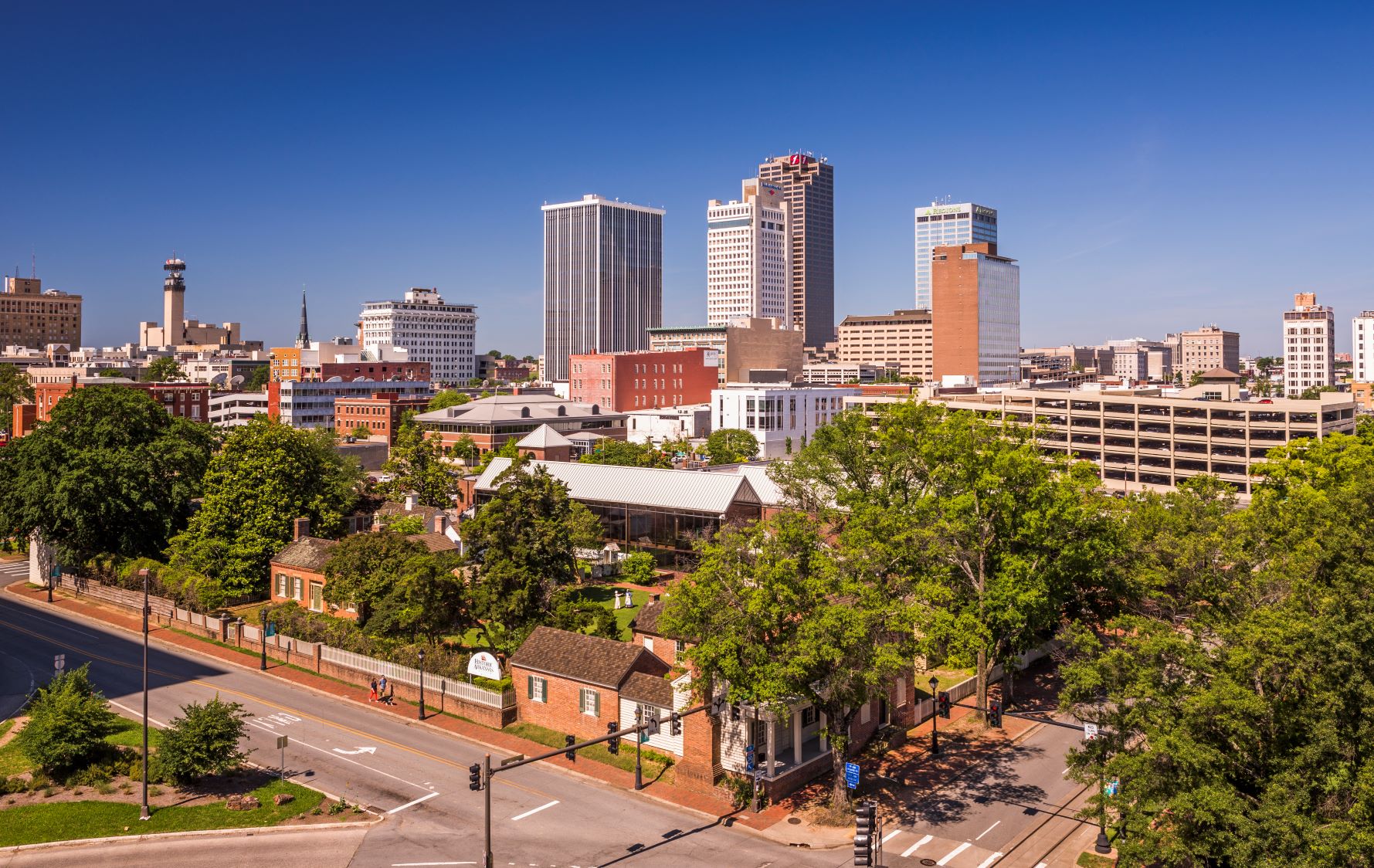Mission & History

About Historic Arkansas Museum
Historic Arkansas Museum, formerly known as Arkansas Territorial Restoration, is a historic site museum located in the heart of downtown Little Rock. On its grounds are some of the oldest buildings in the state, on their original sites: the c. 1827 Hinderliter Grog Shop, the 1840s McVicar and Brownlee Houses, and the 1820s reconstructed Arkansas Gazette print shop are joined by the transplanted Plum Bayou Log House, an 1850s plantation house from Scott, Arkansas. These carefully restored and furnished buildings preserve Arkansas’s heritage and reveal an important truth about the state’s most exciting period that the rough-and-ready frontier territory and fledgling state also had its touches of elegance and refinement.
The Living History program brings Arkansas history to life with performers portraying original residents of the houses, or a composite historical character.
Each year the museum serves more than 70,000 schoolchildren, tourists and Arkansans with guided tours, special events, history exhibits, outreach and publications. In the Log House program during the school year, and Pioneer Day Camp in the summer, scores of children learn to spin and weave, dip candles and cook cornbread on a hearth.
The museum’s education staff travels the state reaching schoolchildren who cannot make the journey to Little Rock.
Historic Arkansas also serves the state as its primary collector of items representing frontier Arkansas. The museum’s research program produced the first comprehensive study of Arkansas’s early artists and artisans, which now guides the museum’s collection policy. As a result, the museum houses a great collection of 19th century Arkansas-made treasures. Quilts, Bowie knives, clothing, dolls, furniture and paintings are but a few of the types of artifacts the museum cares for. With the growth of the collection, additional storage space became necessary.
Museum Mission
The mission of this history and historic site museum is to communicate the early history of Arkansas and its creative legacy through preserving, interpreting, and presenting stories and collections for the education and enjoyment of the people we serve.
Adopted December 18, 1996
Historic Arkansas Museum Commission
Museum Facts & History
Founded by Louise Loughborough, who ran a one-woman campaign in the late 1930s for the Arkansas Legislature to preserve and restore the remaining buildings on Block 32 of the original city of Little Rock. Opened its doors to the public in July 1941.
Encompasses four major historic buildings and dependencies on their original sites, including the oldest building in Little Rock, the Hinderliter Grog Shop, built in 1827, and one transplanted 1850s log house on a neighboring block.
Became the state’s first history or historic site museum accredited by the AAM (American Alliance of Museums) in 1981.
Is the state’s primary collector of Arkansas-made decorative, mechanical and fine arts.
Features daily performances of Living History actors, a national award-winning program depicting the original owners, workers and slaves of the historic homes.
Reaches more than 70,000 people each year with its guided tours, special events, lectures, symposia, outreach and educational programs.
In 1983, created the Arkansas Territorial Restoration Foundation, a nonprofit corporation whose sole mission is to provide outside funding for the museum’s programs and collections.
In 1998, completed the first phase of expansion to its reception center, adding 11,000 square feet, including collections storage space, an artifact conservation lab, museum offices and an elevator.
In January 2001, renamed Historic Arkansas Museum (from Arkansas Territorial Restoration).
On April 28, 2001, grand opening for new 51,000-square-foot museum center including gallery exhibition space, atrium, performance theater and education and research wing.
In 2005, Historic Arkansas Museum added an 1850s Farmstead on a half-block of downtown Little Rock, reproduced the backyard of the Brownlee House to include the 1850s kitchen, timber frame smokehouse with root cellar, outhouse and raised gardens and launched 2nd Friday Art Night in partnership with downtown galleries, the Arkansas Studies Institute and other cultural institutions.
In 2010, Historic Arkansas Museum’s public art sculpture, pARTy for Peg by Arkansas artist Alice Guffey Miller, was dedicated on the museum’s north plaza and the museum opened the recreated 1821 Woodruff Print Shop.
In 2011, Historic Arkansas Museum opened the timber frame Blacksmith Shop on the Farmstead grounds.